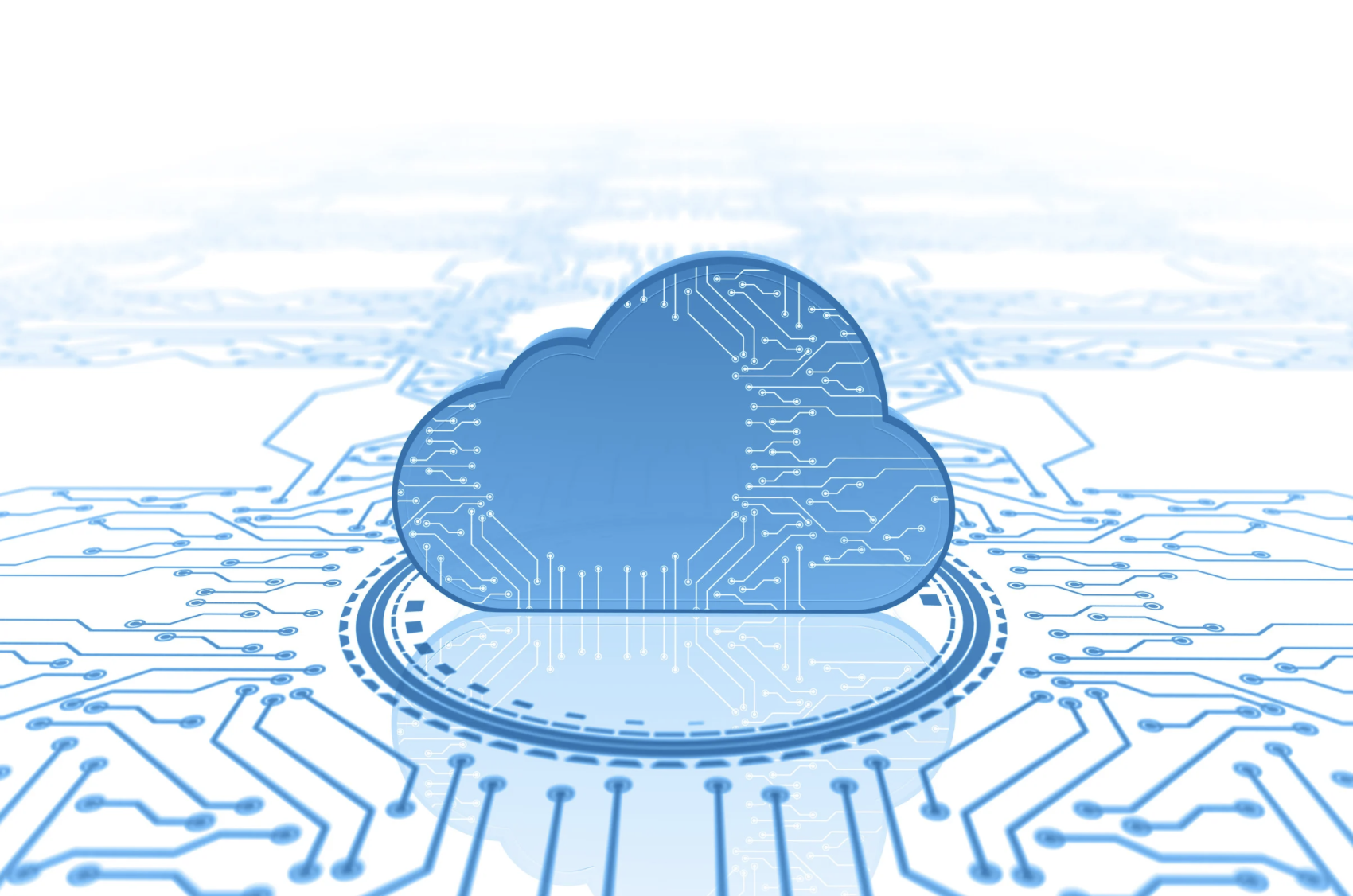Amazon Aurora, a pivotal component of AWS’s database services, offers unparalleled performance, scalability, and reliability for your database needs. As an advanced-tier AWS partner, Cloudvisor is committed to providing in-depth insights into leveraging Aurora’s capabilities to its fullest. This article delves into the essence of Aurora Replicas, their benefits, and how they stand in comparison to other AWS database services.
Table of Contents
What Are Aurora Replicas?
Aurora Replicas play a crucial role in enhancing the read scalability and availability of your Aurora databases. By distributing up to 15 replicas across different Availability Zones within a DB cluster, Aurora ensures minimal replica lag and maximized read throughput, typically less than 100 milliseconds after the primary instance has written an update.
The Significance of Aurora Replicas
Scalability and High Availability
Aurora Replicas are not just additional copies of your database; they are a cornerstone in Amazon Aurora’s architecture designed to enhance the scalability and availability of your database operations. By distributing read operations across up to 15 Aurora Replicas within a single Aurora DB cluster, businesses can significantly scale their database’s read capacity without compromising on performance. This scalability is crucial for applications experiencing variable workloads or those requiring consistent performance under heavy read traffic conditions.
The high availability offered by Aurora Replicas is another critical aspect, ensuring that your database services remain uninterrupted, even in the face of hardware failures or maintenance events. Aurora’s failover mechanism is designed to automatically promote the most suitable Aurora Replica to the primary role, based on predefined priority tiers. This seamless transition minimizes downtime, ensuring that your applications continue to operate without significant disruption. The ability to distribute replicas across multiple Availability Zones further enhances this high availability, providing built-in protection against zone-specific failures.
Cross-Region Replication and Global Databases
Expanding beyond the confines of a single AWS Region, Aurora’s cross-region replication capabilities allow for the creation of global database systems. This feature is particularly beneficial for multinational organizations requiring fast and reliable access to their data from various global locations. By replicating data across regions, Aurora ensures that users experience low-latency access, regardless of their geographical location, enhancing the overall user experience.
Aurora Global Databases take this concept further by enabling the replication of your data across multiple AWS Regions with typical latencies of less than one second. This capability not only supports global scale read operations but also provides a robust framework for disaster recovery. In the event of a regional outage, the presence of a secondary, read-only region allows for swift failover, ensuring your database operations can continue with minimal interruption. This resilience is crucial for businesses where data availability and integrity are paramount.
Aurora Replicas vs. Other AWS Database Services
Comparing Aurora with other AWS database services, such as Amazon RDS and MySQL, reveals Aurora’s superior performance and efficiency. While RDS provides a managed relational database service for various database engines, Aurora stands out with its high throughput, availability, and security features. For a detailed comparison, explore our insights on Amazon Aurora vs. Amazon RDS and Aurora vs. MySQL AWS Database Comparison.
Implementing and Managing Aurora Replicas
Creating and managing Aurora Replicas is a streamlined process designed to enhance read scalability and availability. Monitoring tools and best practices ensure optimal performance and minimal replica lag. For those new to Aurora or seeking to deepen their understanding, our guide on AWS Aurora: What You Need to Know offers valuable insights.
RDS Cluster vs. Instance: Understanding the Differences
When exploring database solutions within AWS, it’s crucial to understand the distinctions between an RDS cluster and an RDS instance, especially in the context of Amazon Aurora and its replication capabilities. An RDS cluster provides a powerful framework for managing multiple database instances, facilitating seamless replication and failover processes. This architecture is particularly relevant when discussing Aurora Replicas, as it underpins the high availability and scalability features that set Aurora apart from traditional database services. For a deeper dive into how RDS clusters compare to standalone RDS instances and the impact on your database management strategy, consider reading our detailed exploration on RDS Cluster vs. Instance. This comparison sheds light on the architectural considerations and operational efficiencies that can influence your choice between utilizing a cluster-based approach or individual database instances within AWS.
Auto Scaling with Aurora Replicas
Aurora Auto Scaling dynamically adjusts the number of replicas in response to workload changes, enhancing both performance and cost efficiency. This feature allows Aurora DB clusters to handle sudden increases in connectivity or workload with ease.
Security, Encryption, and Integration
Aurora ensures data security through encryption at rest and SSL/TLS for data in transit. Its integration with AWS Identity and Access Management (IAM) and Virtual Private Cloud (VPC) enhances control and security over your database instances.
Conclusion
Aurora Replicas represent a significant advancement in database scalability and availability. By leveraging Aurora’s robust replication features, businesses can ensure their database infrastructure is not only highly available but also capable of scaling read operations globally. Cloudvisor, as your AWS partner, is dedicated to helping you navigate the complexities of AWS services, ensuring your cloud infrastructure is optimized for efficiency and growth.




